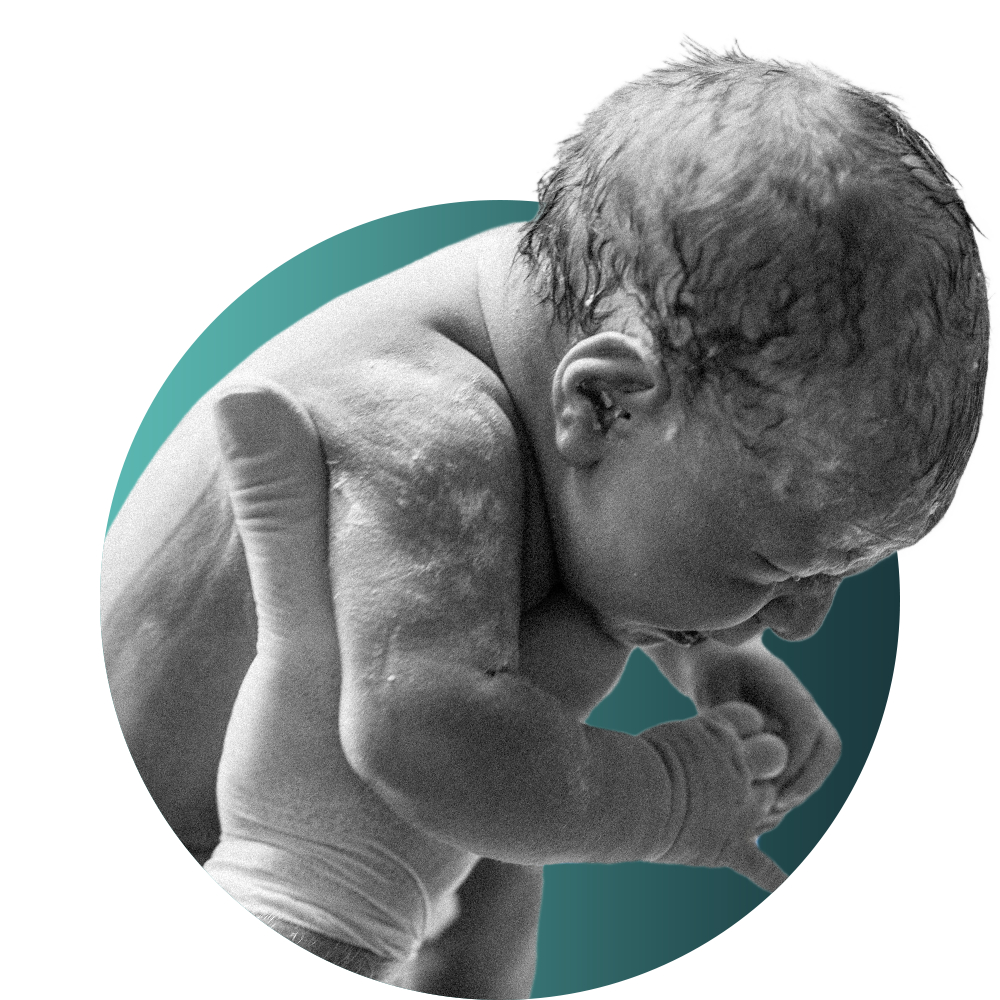Estetrol, a unique estrogen
Recognized as a new active substance, Mithra’s core asset Estetrol (E4) is a natural estrogen produced by the human fetus during pregnancy, passing into maternal blood at relatively high levels.
Because of its unique mode of action and safety profile, Estetrol could represent a major breakthrough in various therapeutic fields of Women’s Health (contraception, menopause) and beyond (neuroprotection, dermatology).

Estelle®, a new era in combined oral contraception
Commercialized in the US, Canada and Europe, Estelle® is Mithra’s first E4-based product composed of 15 mg Estetrol (E4) and 3 mg Drospirenone (DRSP).
Estelle®
Donesta®, a new generation of hormone therapy
Currently in its last stage of development, Donesta® is Mithra’s innovative E4-based hormone therapy targeting several major menopausal symptoms.
Donesta®

Prospective beyond women’s health
Thanks to its unique mode of action, tolerability and safety profile, Estetrol is expected to offer safer clinical use in a wide range of indications, far beyond women’s health.
To further explore Estetrol capabilities, Mithra plans to expand its R&D platform, particularly in the areas of neuroprotection, dermatology (e.g. wound healing) and cancers.
A unique mode of action
Estetrol shows a specific mode of action compared to other estrogens. Estetrol has also a beneficial and positive impact on the cardiovascular system, brain, bone and endometrium, but unlike other estrogens, it has a limited impact on the liver and breast.
This unique mode of action results in an improved benefit/risk profile compared to current estrogens.
An environmentally friendly estrogen
Either naturally produced by the human body or synthetically, estrogens are commonly found in the aquatic environment. According to the results of an ecotoxicity study, Estetrol differs from other estrogens and has a significantly more environmentally friendly profile.
All biotests show without ambiguity that the endocrine disruptor effects of Estetrol are insignificant in comparison with those observed for natural estrogens or synthetic, whether in aquatic organisms or organisms living in the sediment.
Prof. P. Kestemont
President of the Research Institute Live,Earth & Environment (ILEE) of UNamur, Belgium